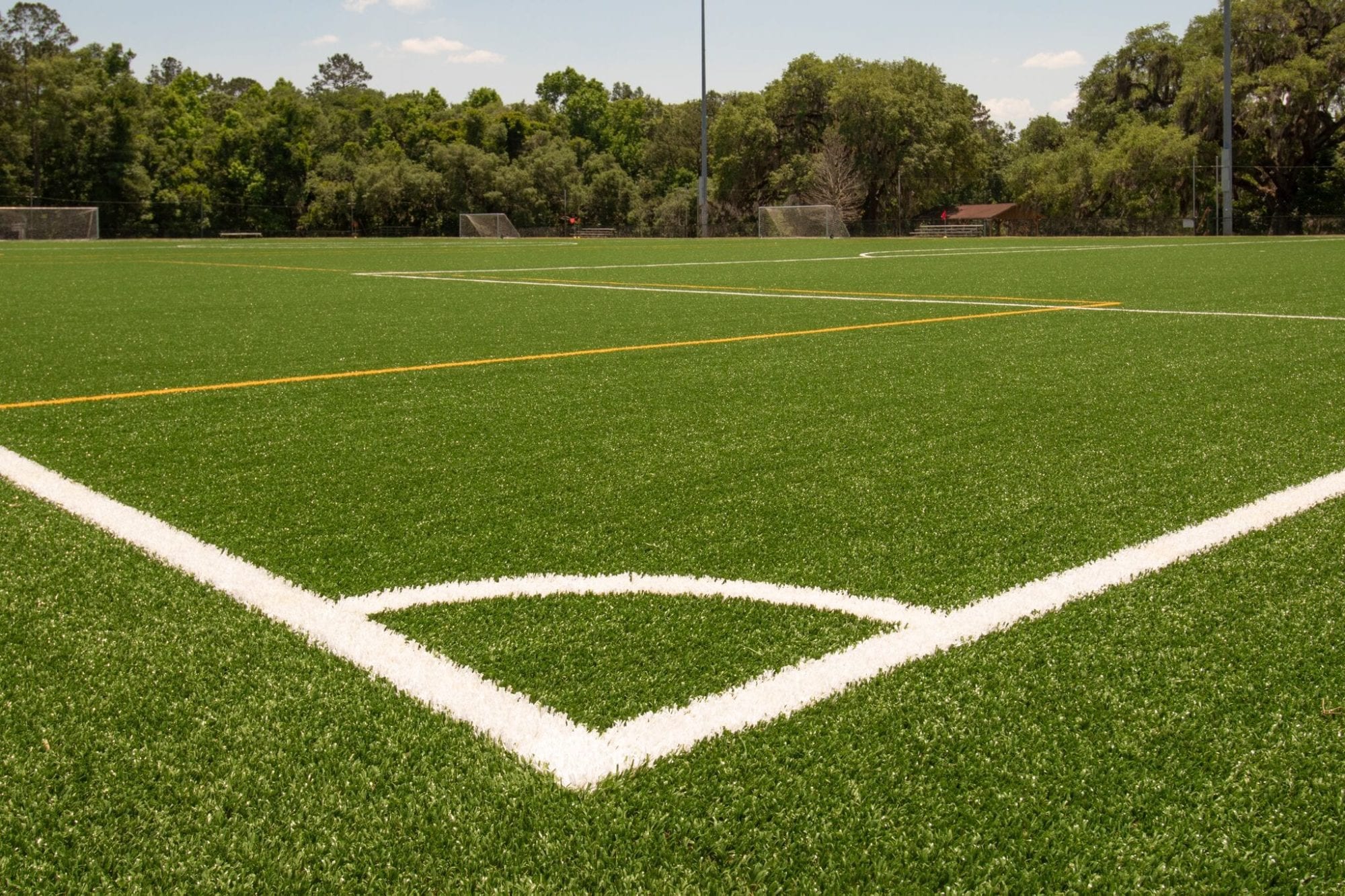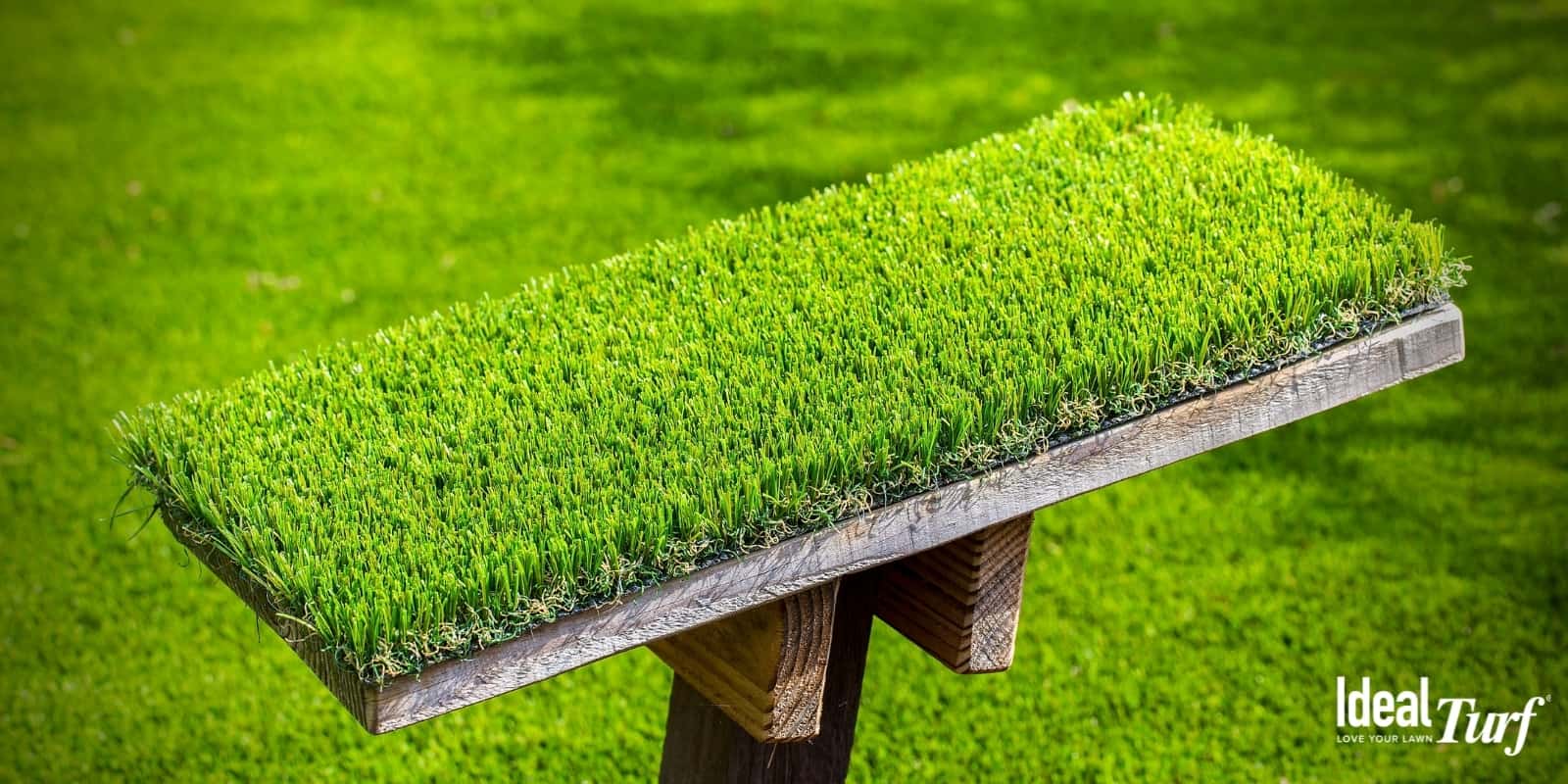Upgrade Your Outdoor Space with Arizona Artificial Turf for a Evergreen Green Look
Upgrade Your Outdoor Space with Arizona Artificial Turf for a Evergreen Green Look
Blog Article
Explore the Environmental Conveniences of Opting for Synthetic Grass Solutions
The adoption of man-made lawn options presents an engaging chance to attend to pushing environmental challenges. By dramatically reducing water usage and lessening the application of hazardous chemicals, these options not just advertise sustainable landscaping however additionally shield neighborhood communities.
Water Preservation Conveniences
Among one of the most significant advantages of fabricated grass is its capability to conserve water. Traditional lawn yards call for substantial irrigation, particularly in locations prone to drought or water restrictions. On the other hand, man-made turf does not need watering, considerably reducing the overall need for water resources. This feature is specifically advantageous in arid areas where water deficiency is a pushing concern.
By eliminating the requirement for normal watering, artificial turf contributes to sustainable landscape techniques and assists reduce the ecological effect of too much water usage. The preservation of water extends to the reduction of drainage, which can lead to soil disintegration and waterway contamination.
Furthermore, the installment of artificial lawn permits districts and house owners to allocate water resources extra successfully, focusing on essential uses such as alcohol consumption water and agriculture. The change towards man-made turf not only advertises liable water usage however also lines up with wider ecological objectives targeted at maintaining natural deposits.
As neighborhoods increasingly prioritize sustainability, the water preservation advantages of synthetic grass present an engaging situation for its adoption in industrial and property landscaping jobs.
Reduced Chemical Use
The transition to synthetic grass dramatically reduces the reliance on chemical treatments generally made use of in all-natural grass maintenance. Typical grass management typically entails the application of plant foods, herbicides, and pesticides to advertise development and control parasites. These chemicals can present dangers to human health and wellness, neighborhood wildlife, and the environment, adding to dirt and water contamination.
In contrast, synthetic grass removes the requirement for these damaging compounds. By minimizing the launch of synthetic compounds into the community, fabricated turf advertises much healthier dirt and water systems.
Additionally, the lack of chemical drainage connected with fabricated lawn installments aids protect neighborhood waterways from air pollution, supporting marine life and keeping biodiversity. Arizona turf. As neighborhoods increasingly focus on lasting methods, selecting fabricated grass provides a feasible remedy that aligns with environmental preservation goals. With this shift, residential property owners can enjoy lush green rooms without endangering environmental health, paving the way for a more sustainable future
Reduced Carbon Footprint

In addition, the installment of fabricated lawn can result in significant water conservation. Natural grass require significant amounts of water for irrigation, which not only adds to the carbon footprint related to water extraction and treatment yet additionally strains regional water sources. On the other hand, artificial grass needs very little maintenance, needing no watering, therefore dramatically minimizing water use and its associated energy prices.
Additionally, the longevity of fabricated turf adds to its decreased carbon impact. With a life expectancy of approximately 15 years or even more, the demand for regular replacements is diminished, resulting in much less waste and lower power consumption in production and dealing with conventional grass choices. On the whole, fabricated grass offers a sustainable option for ecologically conscious landscaping.
Environment Conservation
Environment conservation is a see page critical factor to consider in the argument over landscape design choices, particularly when comparing synthetic grass to all-natural yard. Natural lawn lawns frequently call for comprehensive upkeep, including the usage of fertilizers, chemicals, and herbicides, which can adversely affect neighborhood ecosystems. These chemicals can leach right into the soil and waterways, hurting native flora and animals and interrupting regional habitats.
Fabricated turf removes the requirement for unsafe chemicals, therefore protecting close-by wildlife and preserving the stability of bordering communities. The installment of fabricated grass can lead to the conversion of previous grass locations right into even more biodiverse landscapes, such as pollinator gardens or indigenous plant locations, which can sustain regional wild animals.
Ultimately, the transition to synthetic grass not just conserves water and decreases maintenance initiatives however also fosters an extra harmonious partnership between human tasks and the natural surroundings, advertising habitat conservation at the same time.
Long-Term Sustainability
Lasting sustainability is an find out essential aspect in reviewing the advantages of synthetic lawn over typical grass yards. Among the most substantial advantages of synthetic grass is its sturdiness; it can last as much as 15-20 years with very little upkeep, whereas all-natural grass calls for frequent reseeding and replacement. This long life lowers the demand for continuous resources, such as water, plant foods, and chemicals, which are vital for maintaining a healthy grass yard.
In addition, synthetic grass contributes to a decrease in carbon exhausts linked with grass treatment equipment. Typical grass commonly require gas-powered lawn mowers, leaners, and blowers, every one of which contribute to air contamination. Turf installation phoenix az. In contrast, synthetic grass removes the demand for such equipment, promoting a cleaner setting
In addition, the production of synthetic grass progressively utilizes recycled materials, boosting its sustainability account. As suppliers embrace environment-friendly practices, the environmental footprint of synthetic grass remains to diminish.

Conclusion
The fostering of synthetic grass solutions offers substantial environmental benefits, including significant water preservation, reduced dependence on damaging chemicals, and a lower carbon footprint. Moreover, synthetic grass aids in protecting all-natural habitats by lessening land disruption and advertising lasting sustainability via the use of resilient materials. Collectively, these elements highlight the potential of man-made go to this site grass to add favorably to environmental health and supply a practical choice to typical landscape design methods in a significantly resource-conscious world.
In comparison, man-made grass does not need watering, substantially minimizing the total need for water sources. By lessening the release of synthetic compounds right into the ecological community, man-made turf advertises much healthier soil and water systems.
Furthermore, the setup of man-made lawn can result in substantial water preservation. In comparison, man-made grass requires minimal maintenance, needing no watering, consequently substantially minimizing water use and its associated energy expenses.

Report this page